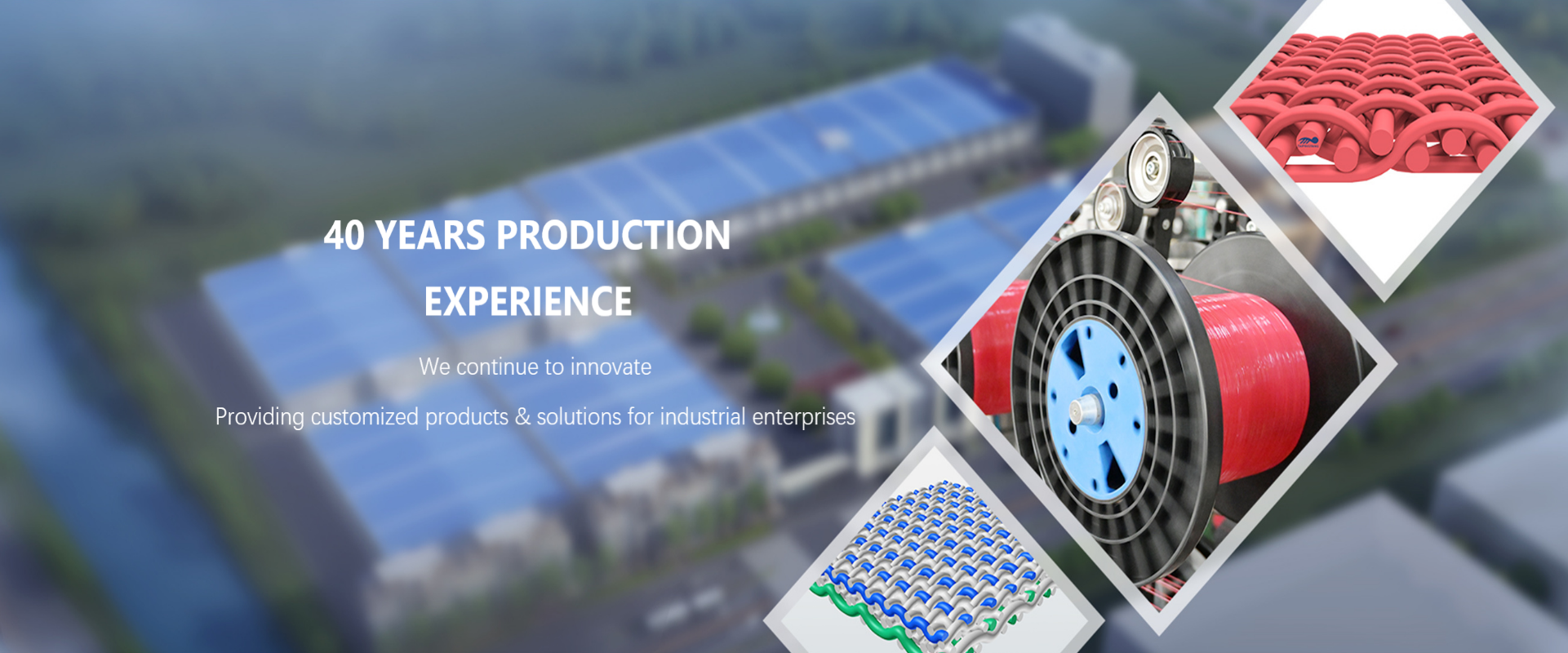This comprehensive guide helps you select the ideal filter fabric for drainage, covering material types, applications, and key considerations for successful projects. Learn about different fabric properties, installation techniques, and how to choose the best fabric for your specific drainage needs. We'll explore factors like permeability, strength, and longevity to ensure optimal performance.
Filter fabrics for drainage are geosynthetics used to separate and filter soil particles while allowing water to pass freely. They prevent soil from clogging drainage systems, extending the lifespan of your project and ensuring efficient water management. Selecting the appropriate fabric is crucial for project success, impacting factors such as longevity, cost-effectiveness, and environmental impact. The right filter fabric can prevent costly repairs and ensure optimal drainage performance.
Several materials are used in the manufacturing of filter fabrics for drainage. Common types include woven geotextiles, non-woven geotextiles, and geonet fabrics, each with specific strengths and weaknesses. Woven fabrics typically offer greater tensile strength, while non-woven options often provide superior filtration. The choice depends largely on the specific application and site conditions.
When selecting a filter fabric for drainage, several critical properties must be considered. These include:
Filter fabrics for drainage find widespread application in a variety of projects, including:
Selecting the appropriate filter fabric for drainage requires careful consideration of the specific project requirements and site conditions. Factors to consider include the type of soil, the volume of water to be drained, and the anticipated lifespan of the drainage system. Consulting with a geotechnical engineer is recommended for complex projects.
Proper installation is critical for optimal performance. Follow the manufacturer's instructions carefully, ensuring proper overlap and secure fastening. Regular maintenance, such as inspecting for damage or clogging, can extend the lifespan of the drainage system. For specific installation techniques, consult the relevant guidelines and best practices available online or from industry professionals.
For high-quality filter fabrics for drainage, consider reputable suppliers with a proven track record of providing durable and reliable products. One such supplier is Anhui Taipingyang Special Fabric Co., Ltd. (https://www.0558tpy.com/), specializing in the production of various geotextiles and providing comprehensive support and expertise for your drainage projects. Their commitment to quality and customer service makes them a valuable resource for all your filter fabric needs.
| Property | Woven Geotextile | Non-Woven Geotextile |
|---|---|---|
| Tensile Strength | High | Moderate |
| Permeability | High | High |
| Filtration | Good | Excellent |
